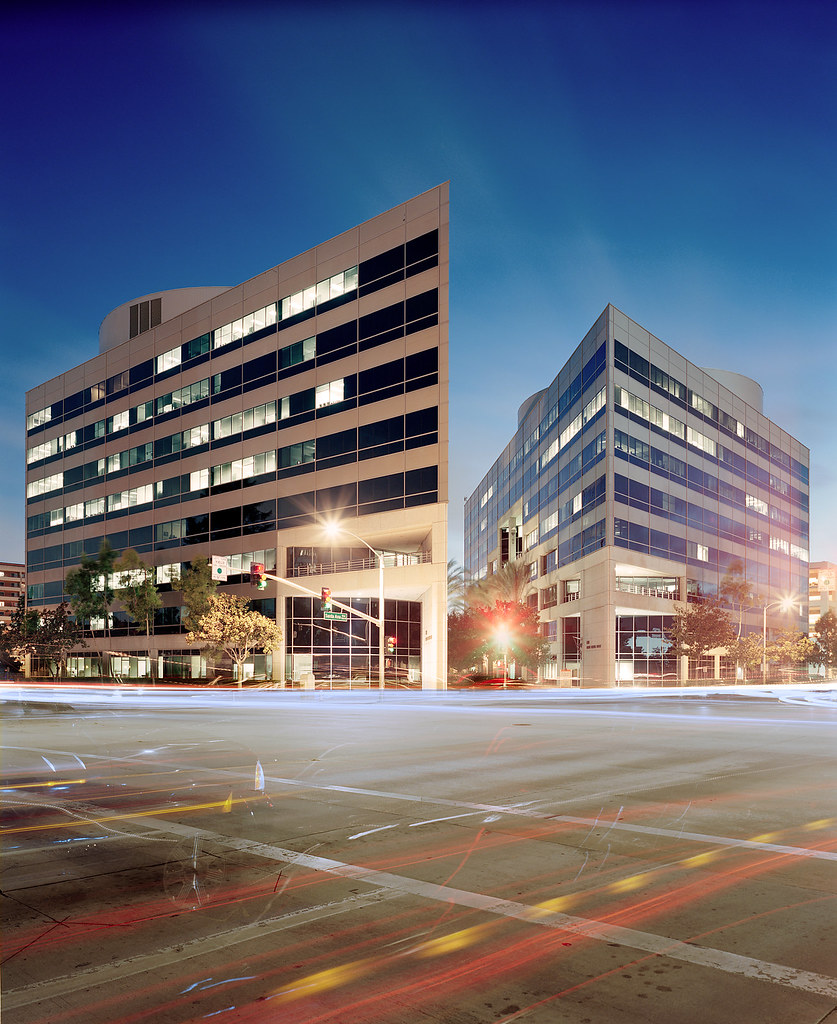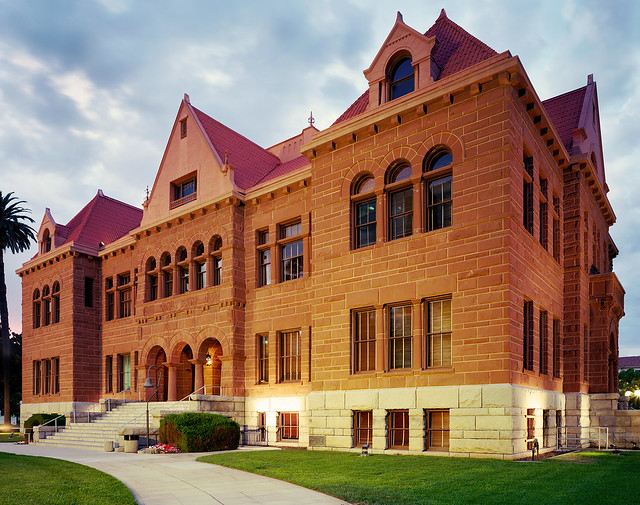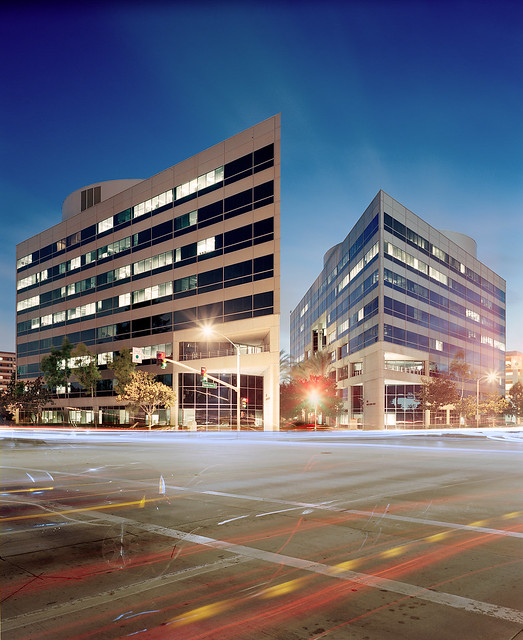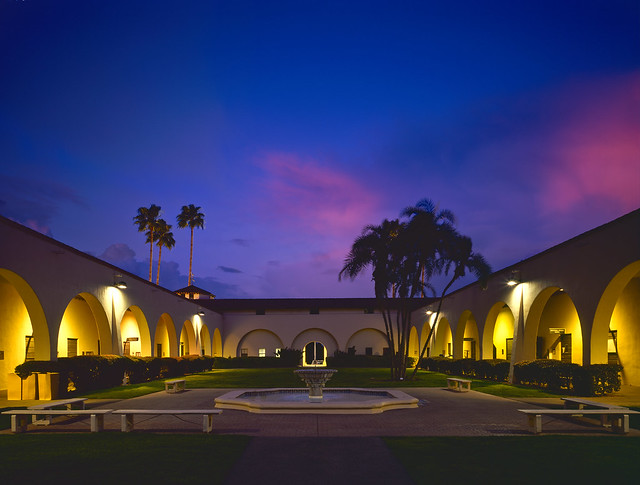That's called flashing, and as I learned one exposes to a gray card to about Zone 1 with their expected film and development technique.
Rick "who'd be tempted to have an associate fire a big potato-masher flash on the front of that church during the exposure" Denney




 Reply With Quote
Reply With Quote





Bookmarks